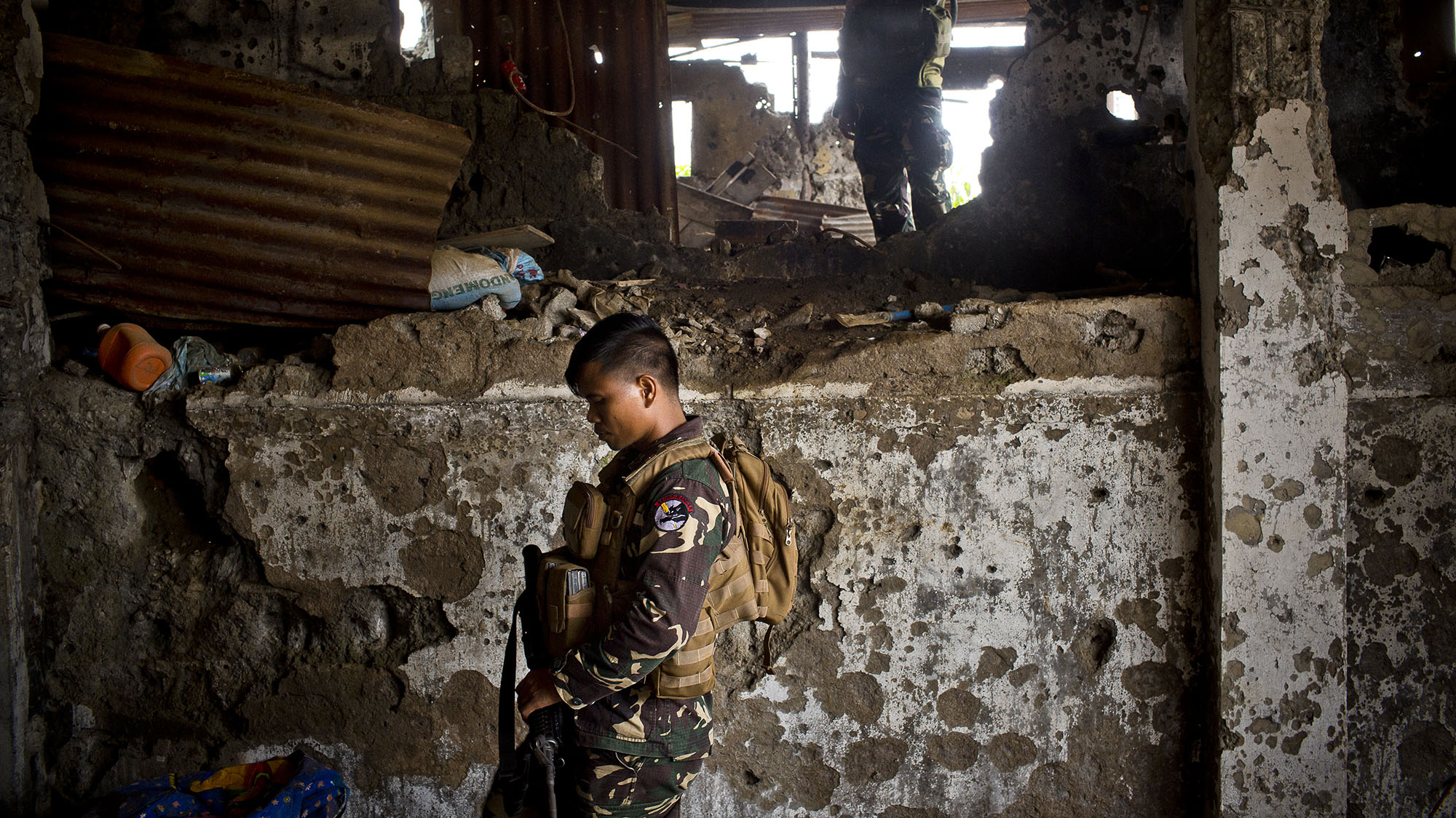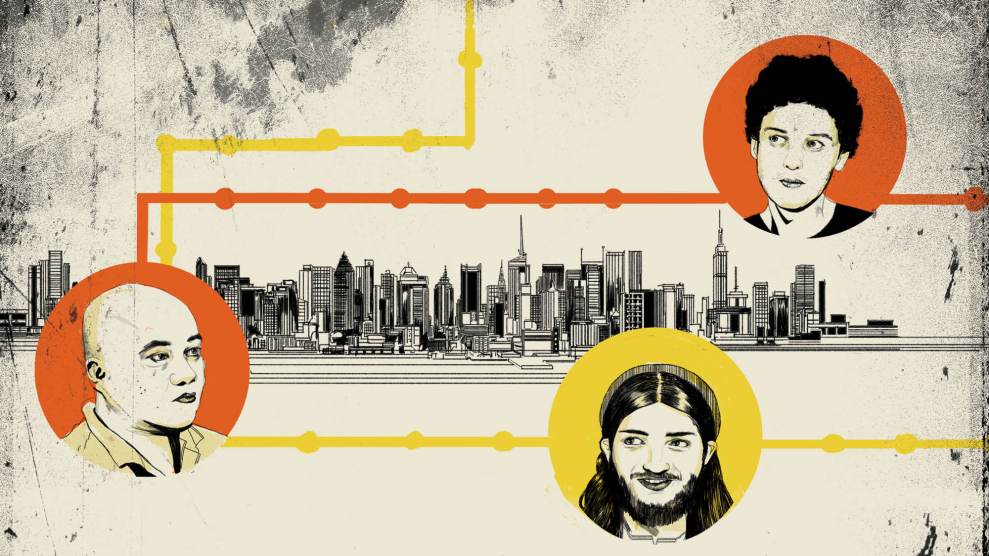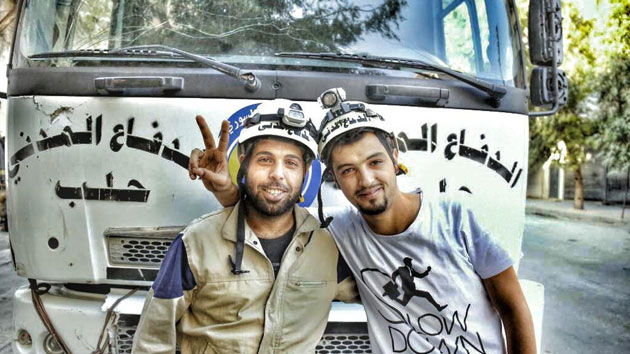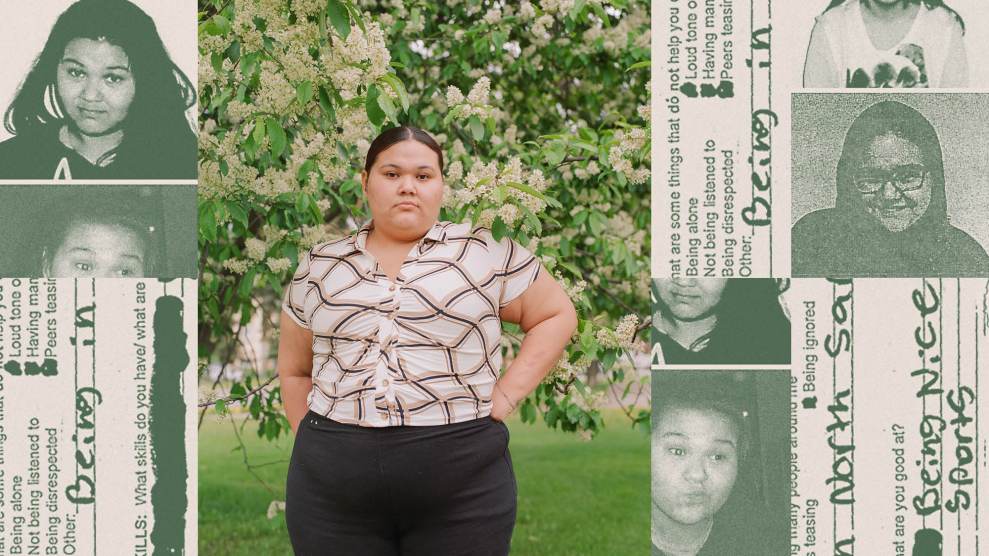As part of our story on the ISIS connection to the Times Square bombing plot, Canadian photographer David Maurice Smith spent time in the Philippines with writer Saul Elbein. They traveled with the Filipino military to Marawi City in the Southern Philippines, a city devastated by fierce fighting with Muslim rebel groups. A siege that had begun in May 2017 and claimed more than 1,000 lives had quieted by the time of their visit in December 2017. Still, Marawi City remained mostly empty, dangerous, and largely uninhabitable.
In the process of investigating whether the Philippines was becoming a new base for ISIS, Smith and Elbein documented the messy aftermath of every modern war: refugees displaced by the fighting, injured soldiers, mass graves, and the arduous process of clearing improvised explosive devices (IEDs), unexploded bombs, and rubble.
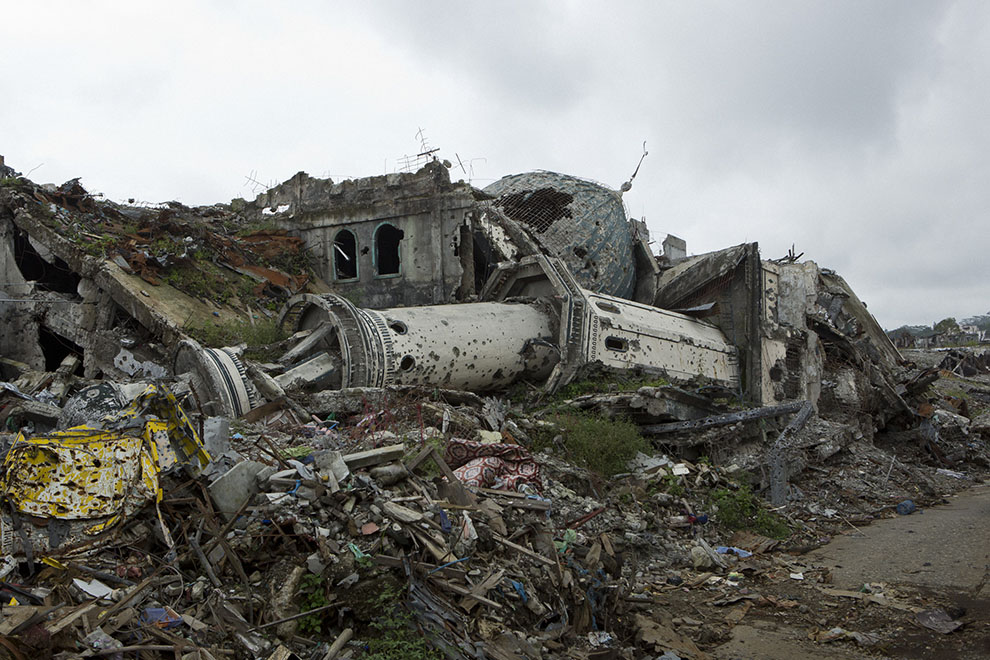
The remains of a mosque in the center of Marawi David Maurice Smith/Oculi
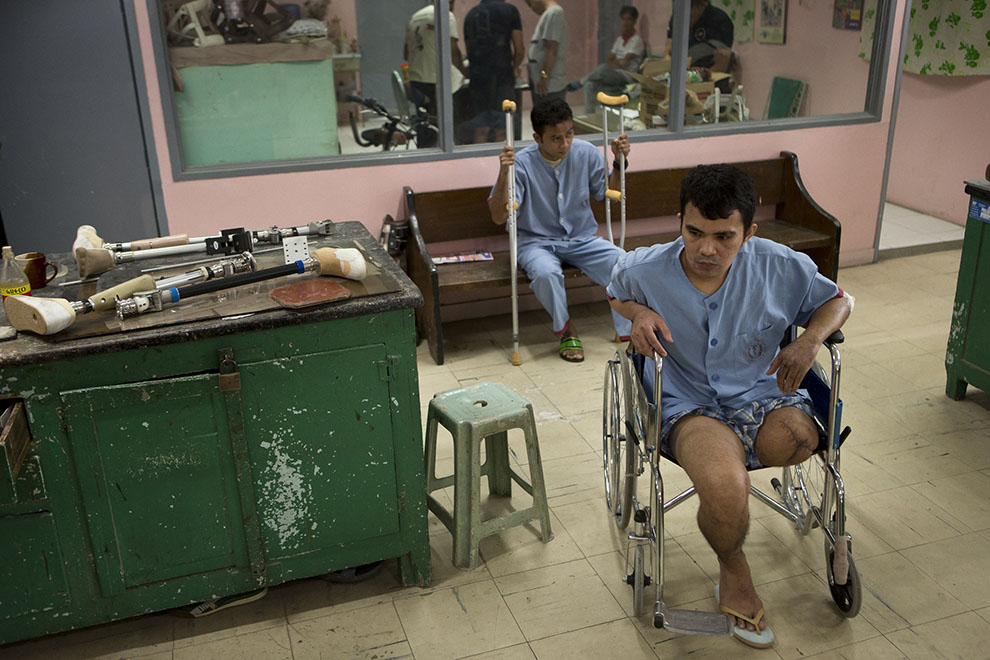
1st Scout Ranger Special Operations Corporal Jerick Milar, 31, waits to be fitted for a prosthetic leg at the V Luna General Hospital in Manila. Milar was injured in Marawi in August by an IED after three months of active combat. David Maurice Smith/Oculi
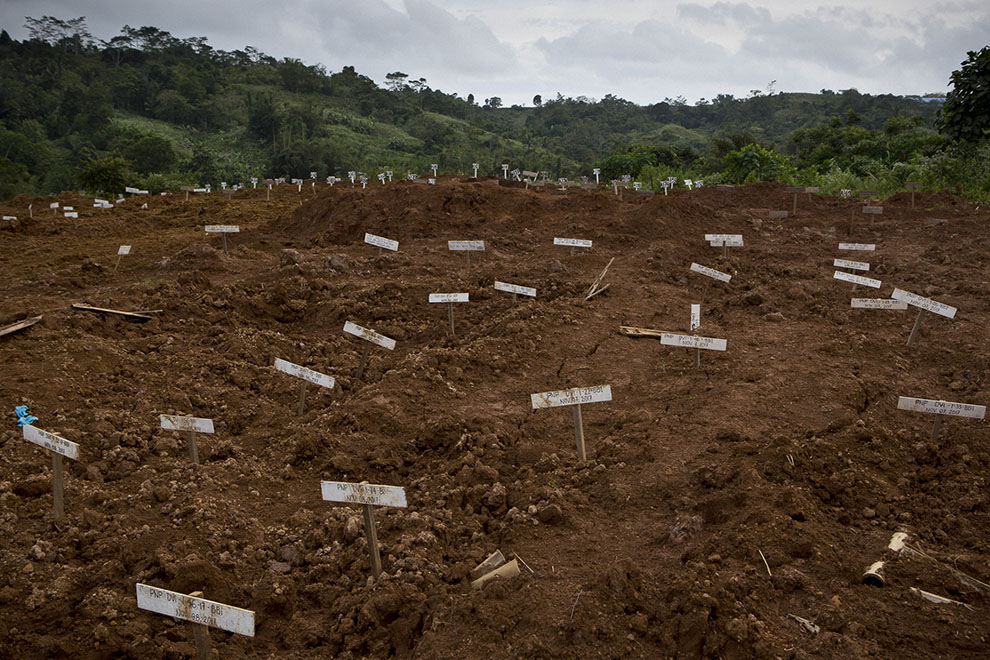
A temporary burial site for unidentified bodies from the siege of Marawi. Each grave is marked with a code to facilitate future identification of the remains. David Maurice Smith/Oculi
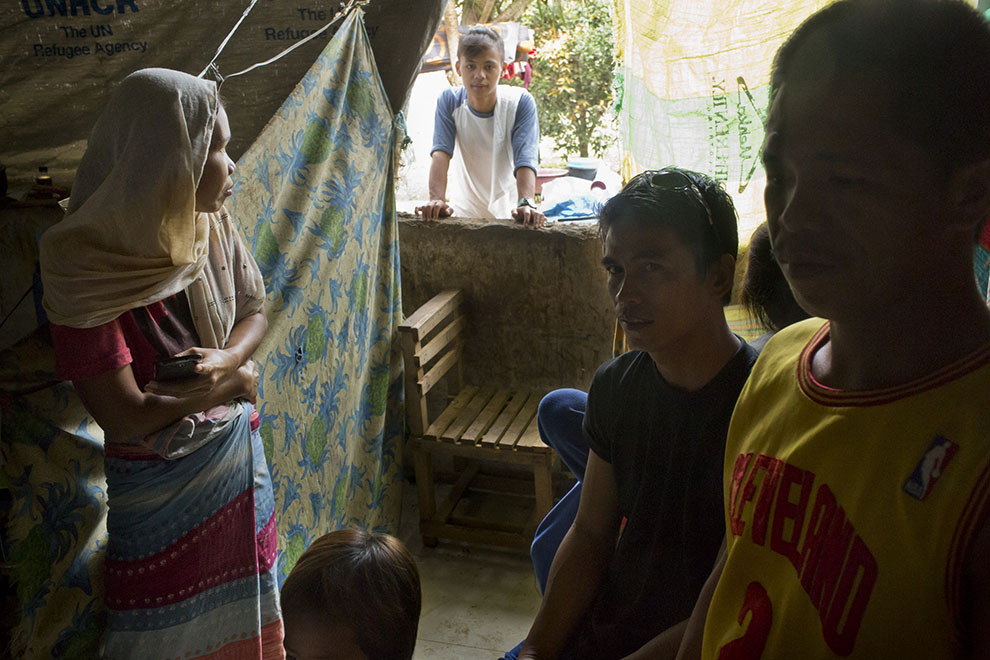
The Saguiran Evacuation Centre for Internally Displaced Peoples (IDPs) left homeless by the fighting in Marawi. Eighty-seven families have taken up residence in what was once a community market about the size of a basketball court. David Maurice Smith/Oculi
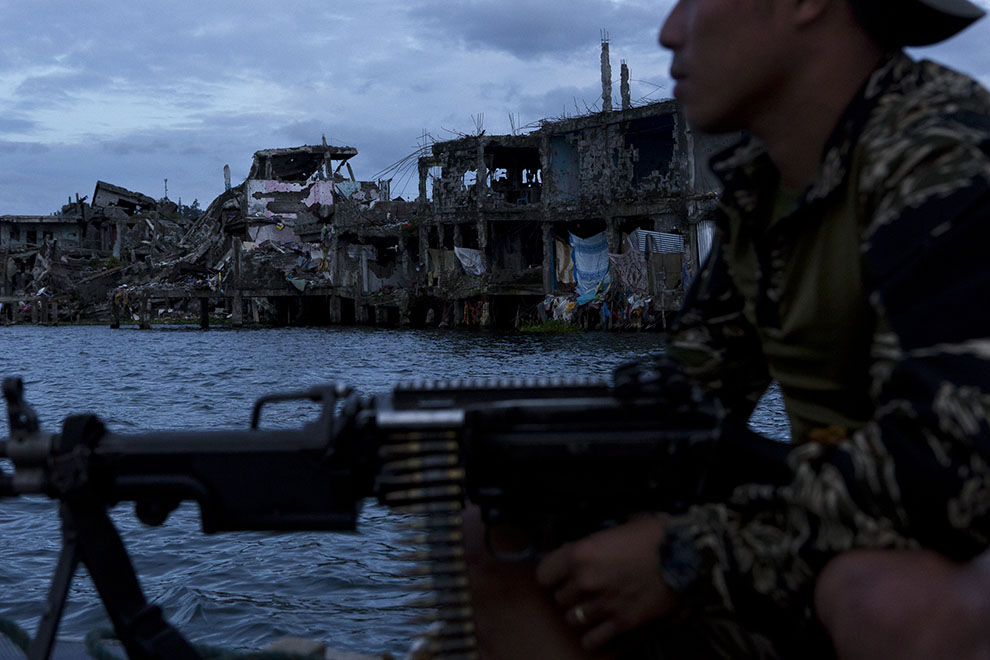
The destroyed central core of the city as seen from a Philippines Military Special Forces boat at dusk David Maurice Smith/Oculi
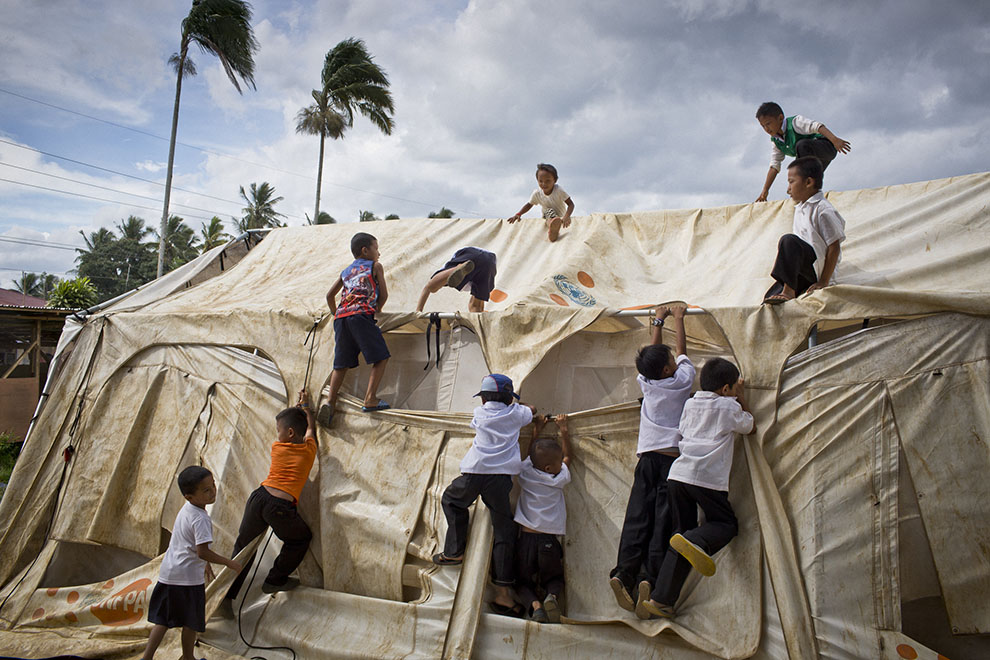
A relief tent at Saguiaran Central Elementary School in Marawi. The student population doubled as the school took in children living in a nearby IDP camp. David Maurice Smith/Oculi
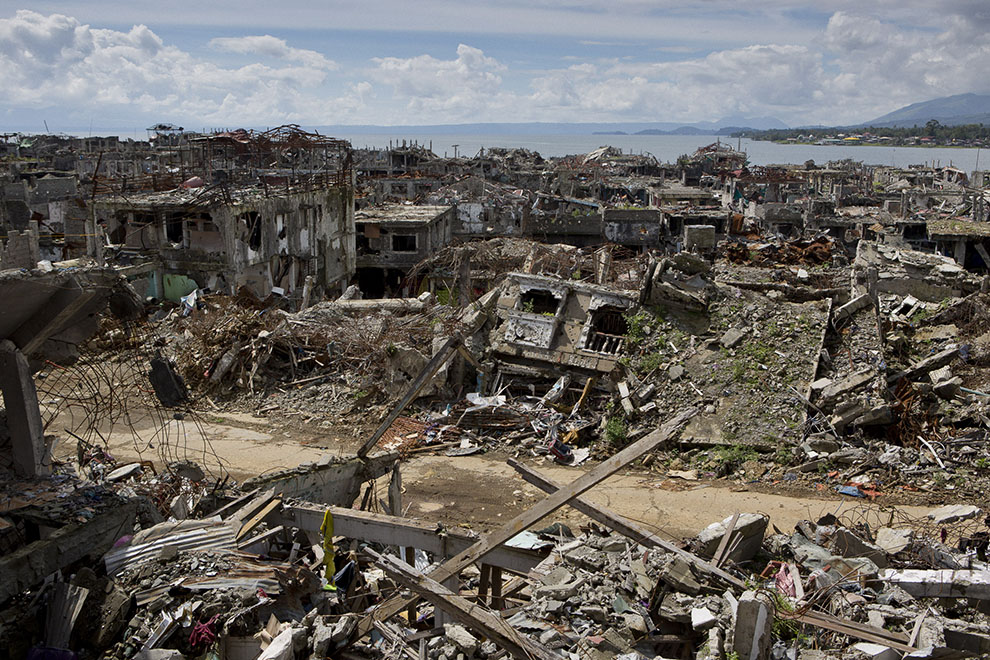
The view from the Jameo Dansalan mosque in Marawi shows the extent of the devastation from the five-month siege. David Maurice Smith/Oculi
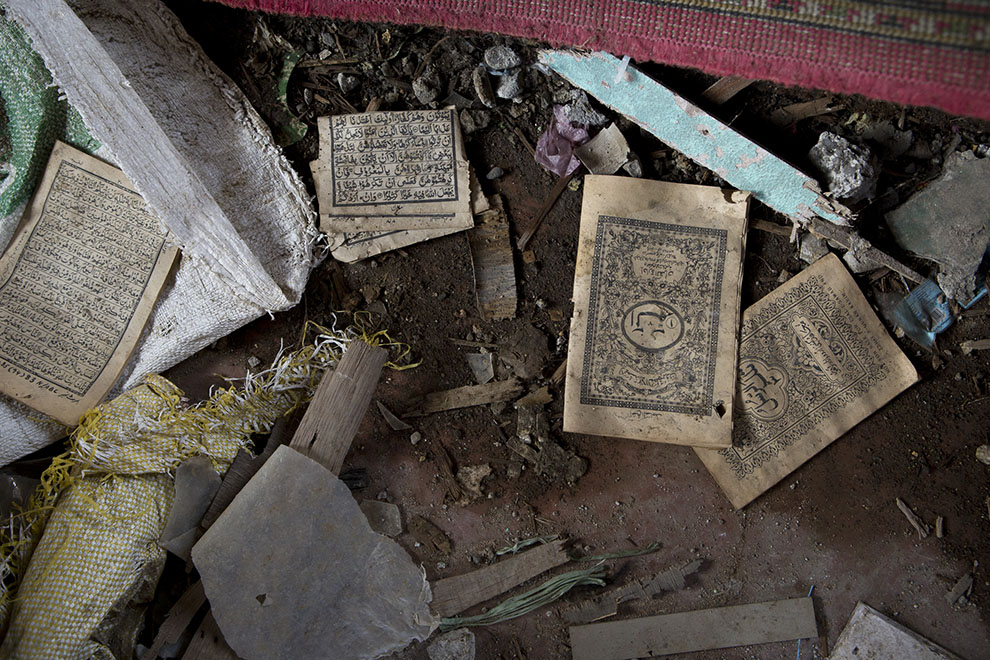
Koran pages inside the destroyed Jameo Dansalan mosque David Maurice Smith/Oculi

A panoramic perspective from the Jameo Dansalan mosque
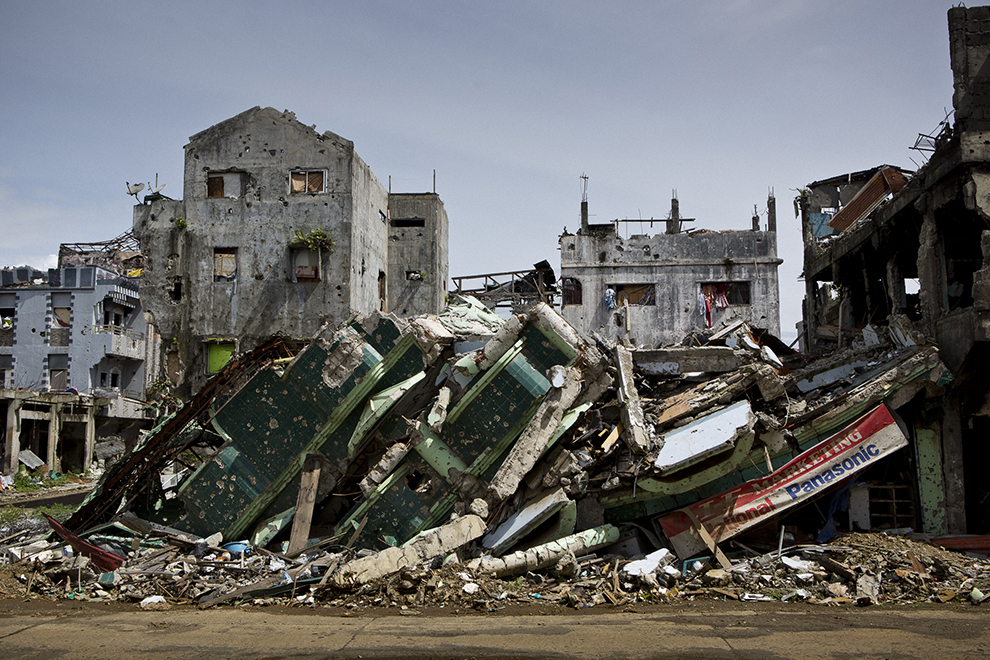
The remains of a three-story building in Marawi David Maurice Smith/Oculi
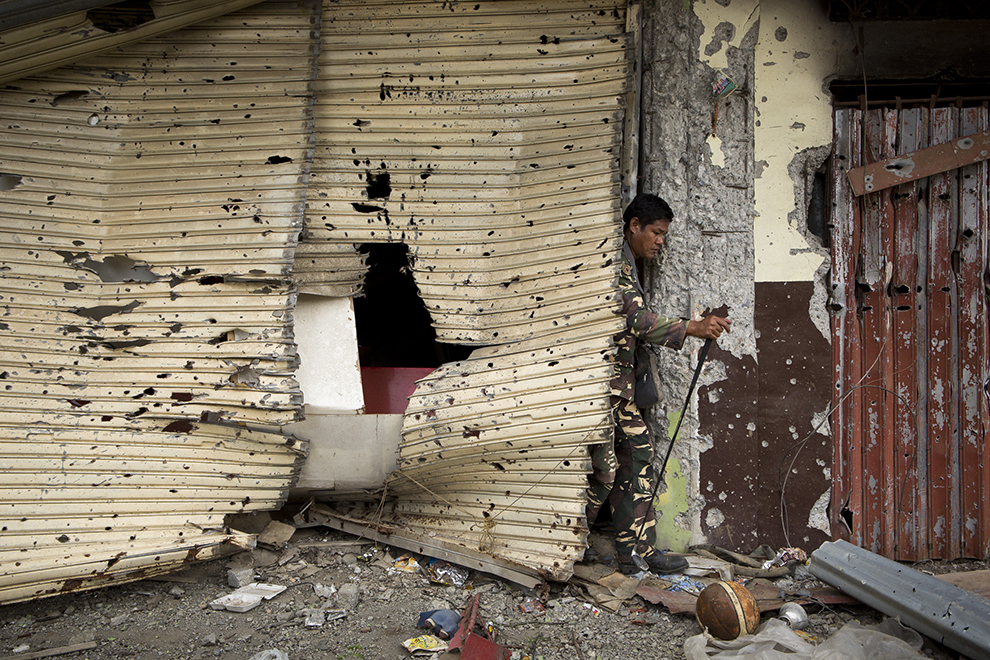
A military joint task force member works to clear the city of explosives, using a golf club to comb through debris. David Maurice Smith/Oculi

Blood splatter in a destroyed mosque in Marawi David Maurice Smith/Oculi
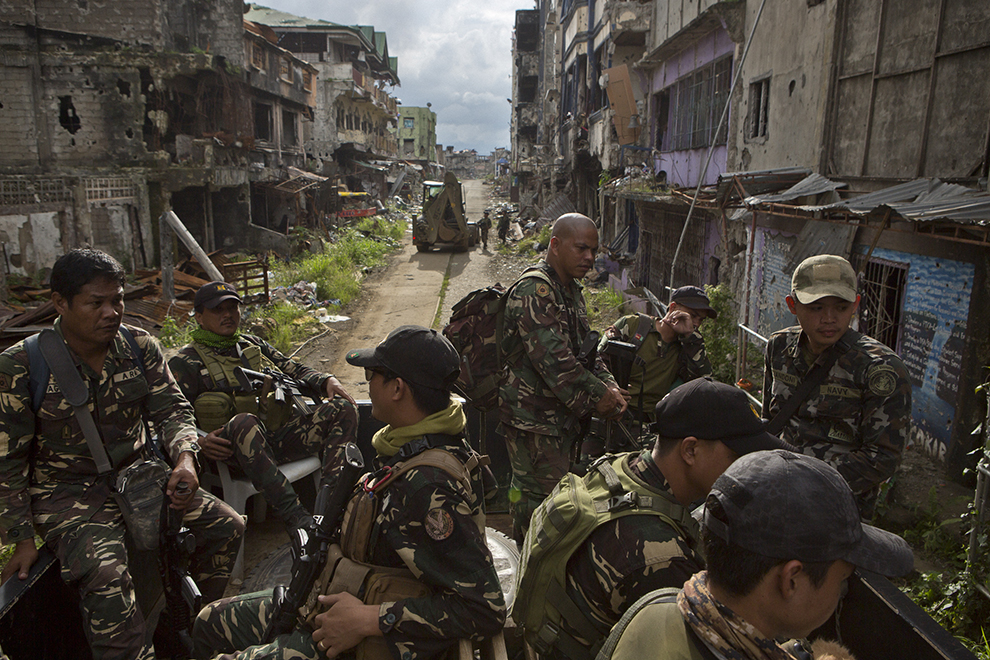
Joint task force members leave the main battle area for their base. David Maurice Smith/Oculi
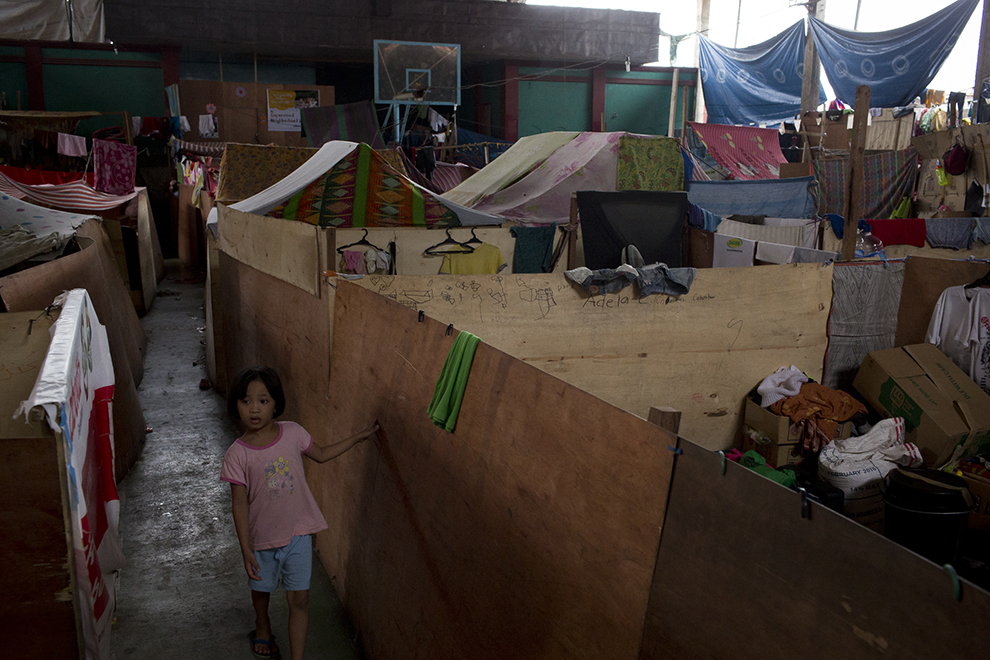
Makeshift family quarters at the Buru-un gymnasium in Iligan City David Maurice Smith/Oculi
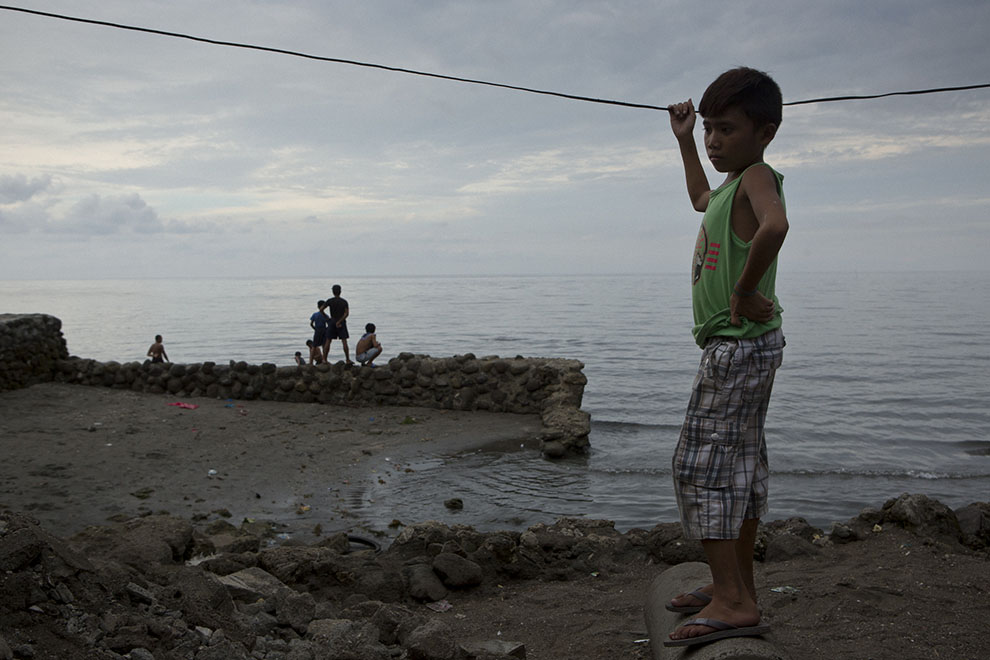
Abdul Wahid Rasheed, 8, behind the gym where he, his parents, and three siblings have lived since fighting broke out in their Marawi hometown in May 2017 David Maurice Smith/Oculi
